Frank Close, Sandy Donnachie, Graham Shaw0521844207, 9780521844208, 9780511286698
Table of contents :
Cover……Page 1
Half-title……Page 3
Series-title……Page 5
Title……Page 7
Copyright……Page 8
Contents……Page 9
List of contributors……Page 13
Preface……Page 14
1.1 Chromostatics……Page 17
1.2 Mesons as bound states from bb to light flavours……Page 19
1.2.1 Linear plus Coulomb potential……Page 21
1.2.2 Hyperfine shifts……Page 22
1.3 Flavour mixings……Page 23
1.3.1 The 1– and 2++ nonets……Page 25
1.3.2 Allowed JPC……Page 27
1.4.1 Role of the Pauli principle……Page 29
1.5 Spin–flavour correlations……Page 31
1.6 SU(6) multiplets and excited multiplets……Page 33
1.7 Role of Q2 as a test of dynamics……Page 36
1.7.1 Q3 duality of form factors and deep-inelastic scattering (DIS)……Page 38
1.8 Pentaquarks and exotic baryons……Page 40
1.8.1 States beyond qq and qqq in QCD……Page 42
1.9.1 Hybrids and glueballs……Page 44
1.9.2 Hybrid production by photons……Page 46
1.9.3 When does the quark model work?……Page 49
References……Page 52
2 Elastic form factors……Page 55
2.1 Electron scattering and form-factor measurements……Page 56
2.2.1 Spin-averaged measurements……Page 58
2.2.2 Spin-dependent measurements……Page 60
2.3 Model calculations of nucleon form factors……Page 68
2.4 Time-like nucleon form factors……Page 71
2.5 The pion form factor……Page 73
2.6 The axial form factor……Page 79
2.7 Nucleon strange form factors……Page 82
2.8 Outlook and conclusions……Page 87
References……Page 88
3.1 Issues……Page 93
3.2 General formalism……Page 96
3.3 Theoretical models……Page 101
3.3.1 Hamiltonian formulation……Page 102
3.3.2 Tree-diagram models……Page 105
3.3.3 Unitary isobar models……Page 106
3.3.4 Multi-channel K-matrix models……Page 107
3.3.5 Dynamical models……Page 108
3.3.6 Dispersion-relation approaches……Page 113
3.4.1 Single-pion production……Page 116
3.4.2 η-meson production……Page 123
3.4.3 Combined analysis of Nπ and Nη electroproduction……Page 128
3.4.4 Electromagnetic transitions to the [70, 1−] supermultiplet……Page 131
3.4.5 Two-pion production……Page 135
3.4.6 Kaon production……Page 140
3.4.7 Photoproduction and electroproduction of vector mesons……Page 144
3.5 Concluding remarks and outlook……Page 146
References……Page 147
4.1 Electron–positron annihilation and decay……Page 153
4.1.1 The ρ, omega and phi……Page 155
4.1.2 The continuum: vector-meson spectroscopy……Page 157
4.1.3 The contribution to the muon magnetic moment……Page 164
4.1.4 Testing factorization in hadronic B decay……Page 165
4.2.1 Quark model description of A→ γB……Page 167
4.2.2 Applications: heavy flavours……Page 171
4.2.3 Angular distributions……Page 173
4.2.4 Light flavours and a flavour filter……Page 174
4.2.5 Photoexcitation of hybrid mesons……Page 176
4.2.6 Radiative transitions A→ γM1M2……Page 180
4.3.1 General motivation……Page 183
4.3.2 Non-relativistic approach to QQ………Page 184
4.3.3 Phenomenology……Page 188
4.3.4 Scalar mesons in………Page 189
4.3.5 Glueballs and…constraints……Page 190
4.3.6 …amplitudes and relation to………Page 192
References……Page 194
5 Intermediate-energy photoproduction……Page 198
5.1 Regge poles……Page 199
5.1.1 Regge cuts……Page 204
5.1.3 Spin……Page 206
5.1.4 Duality……Page 208
5.1.5 The Veneziano model……Page 211
5.2 Photoproduction of pseudoscalar mesons……Page 212
5.2.2 …photoproduction……Page 213
5.2.3 …photoproduction……Page 217
5.2.4 …photoproduction……Page 222
5.2.5 …photoproduction……Page 224
5.3.1 …photoproduction……Page 227
5.3.2 Phi photoproduction……Page 234
5.3.3 Higher-mass vector mesons……Page 236
5.4 Exotic mesons……Page 240
References……Page 241
6 Chiral perturbation theory……Page 245
6.1 Chiral symmetry……Page 246
6.1.1 Partial conservation of the axial current (PCAC)……Page 248
6.2 Effective field theory of Goldstone bosons……Page 252
6.3 Mesonic chiral perturbation theory……Page 254
6.3.1 Leading order……Page 255
6.3.2 Next-to-leading order……Page 256
6.3.3 Pion propagator……Page 258
6.3.4 Pion form factor……Page 260
6.3.5 Anomalous processes……Page 261
6.3.6 Next-to-next-to-leading order……Page 262
6.4.1 Introduction……Page 266
6.4.2 Heavy baryon chiral perturbation theory……Page 269
6.4.3 Loop integrals: the nucleon mass……Page 271
6.4.4 Electromagnetic interactions: Compton scattering……Page 273
6.4.6 Chiral perturbation theory and lattice QCD……Page 279
6.4.7 Extensions and variants of chiral perturbation theory……Page 282
References……Page 284
7.1 Leptoproduction……Page 287
7.2 Structure functions and cross section……Page 290
7.3 Virtual photon cross sections……Page 293
7.4 Symmetry properties of the structure functions……Page 294
7.5 Polarized leptoproduction……Page 295
7.6.1 The intuitive approach……Page 297
7.6.2 The diagrammatic approach……Page 299
7.6.4 Flavour dependence……Page 301
7.7.1 Interpretation as densities……Page 302
7.7.2 Polarized parton densities……Page 303
7.7.3 Sum rules……Page 304
7.9 Evolution equations……Page 309
7.9.1 Solutions of the evolution equations……Page 313
7.10 One-particle inclusive leptoproduction……Page 314
7.10.2 The parton model approach……Page 316
7.11 Collinear parton distributions……Page 317
7.12 Bounds on the distribution functions……Page 319
7.13 Transverse momentum-dependent correlation functions……Page 321
7.14 Fragmentation functions……Page 323
7.14.1 Examples of azimuthal asymmetries……Page 324
7.15 Inclusion of subleading contributions……Page 325
7.16 Colour gauge invariance……Page 327
References……Page 329
8.1 Diffractive processes……Page 331
8.1.1 Diffraction in the laboratory frame……Page 334
8.2 The dipole framework……Page 335
8.2.1 Dipole states……Page 336
8.2.3 Reaction cross sections……Page 338
8.3 Light-cone wave functions……Page 340
8.3.1 The photon wave functions……Page 342
8.3.2 Vector-meson wave functions……Page 345
8.4 The dipole cross section……Page 348
8.4.1 Small dipoles and QCD……Page 349
8.4.2 Non-linear dynamics and saturation……Page 351
8.4.3 Regge dipole models……Page 356
8.5.1 Analysis of the structure function data……Page 359
8.5.2 Diffractive deep inelastic scattering……Page 362
8.5.3 Deeply virtual Compton scattering……Page 367
8.5.4 Vector-meson production……Page 369
8.6 Conclusions……Page 371
References……Page 372
9 Generalized parton distributions……Page 375
9.1.1 Definitions and basics……Page 376
9.1.2 Spin structure……Page 379
9.1.3 Sum rules, form factors and the nucleon spin……Page 381
9.1.4 Generalized distribution amplitudes……Page 383
9.1.6 Double distributions and the D-term……Page 384
9.1.7 Impact parameter and the spatial structure of hadrons……Page 386
9.1.8 The wave function representation……Page 388
9.2.1 Chiral dynamics……Page 390
9.2.2 The large-Nc limit……Page 391
9.2.3 The chiral quark–soliton model……Page 392
9.2.4 Quark models……Page 393
9.2.5 The interplay of x and t dependence……Page 394
9.2.6 Lattice QCD……Page 395
9.2.7 Ansätze for phenomenology……Page 396
9.3.1 Factorization……Page 398
9.3.2 Compton scattering……Page 401
9.3.3 Light-meson production……Page 402
9.3.4 Compton scattering beyond leading-power accuracy……Page 405
9.3.5 Meson production from transverse photons……Page 407
9.3.6 Power corrections……Page 408
9.3.7 Heavy-meson production……Page 410
9.3.8 A remark on small x……Page 411
9.3.9 Revealing GPDs……Page 412
9.4 Phenomenology of Compton scattering……Page 413
9.5 Experimental results on DVCS……Page 419
9.6.1 Vector mesons……Page 423
9.6.2 Prospects for pseudoscalar-meson production……Page 426
9.7 GPDs and large-angle scattering processes……Page 427
9.8 Future facilities for GPD physics……Page 431
9.9 Outlook……Page 433
References……Page 435
10 Quark–hadron duality……Page 440
10.1 Duality in hadronic reactions……Page 441
10.2 Bloom–Gilman duality……Page 445
10.3 Duality in inclusive electron scattering……Page 447
10.4 Scaling and duality in dynamical models……Page 454
10.4.2 Resonance parametrizations……Page 455
10.4.3 Harmonic oscillator model……Page 457
10.4.4 Sum of squares vs square of sums……Page 458
10.4.5 SU(6) symmetry……Page 459
10.5 Duality in spin-dependent electron scattering……Page 460
10.6 Duality in semi-inclusive reactions……Page 463
10.7 Duality in exclusive reactions……Page 466
10.8 Outlook……Page 469
References……Page 470
11.1 Point-like configurations……Page 473
11.2 Small-sized objects have small cross sections……Page 476
11.3 Generic colour transparency……Page 478
11.4.1 Quantum-mechanical invisibility……Page 481
11.4.2 Existence of point-like configurations……Page 482
11.4.3 Expansion of point-like configurations……Page 484
11.4.4 Point-like configurations in the nuclear ground state……Page 485
11.5 The best case: dijet production by high-energy pions……Page 486
11.5.1 Dominant amplitude for πN → N + di jet……Page 487
11.5.2 Nuclear dependence……Page 489
11.6 Vector-meson production……Page 491
11.6.1 Production on nucleons……Page 492
11.6.2 Hard coherent processes with nuclei……Page 494
11.7.1 Time development……Page 496
11.7.2 Electromagnetic interactions with nuclei……Page 499
11.7.3 Rescattering conquers time development……Page 501
11.7.4 Proton-nucleus interactions……Page 503
11.8 Assessment and outlook……Page 506
References……Page 507
Index……Page 511
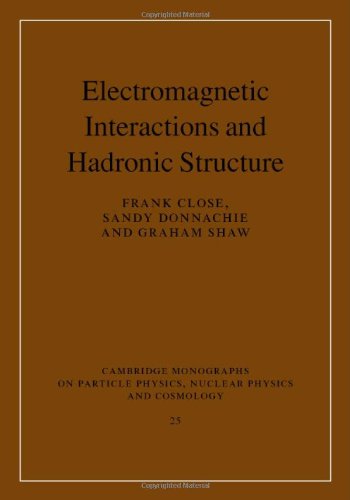
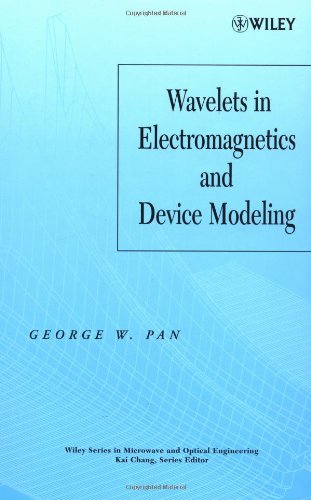
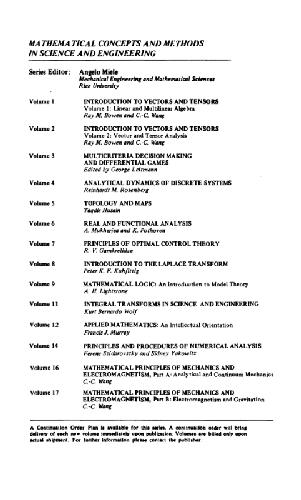
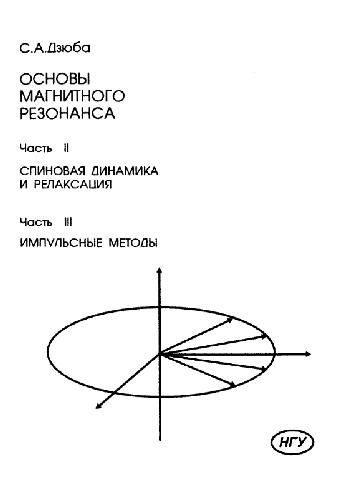
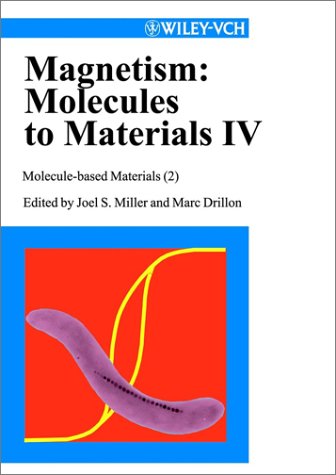
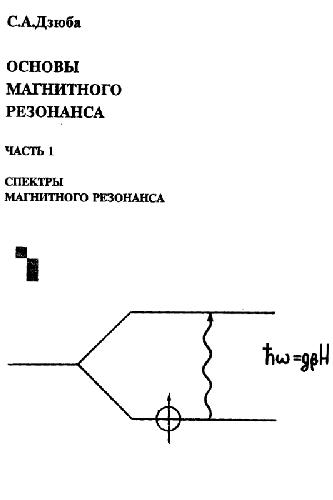
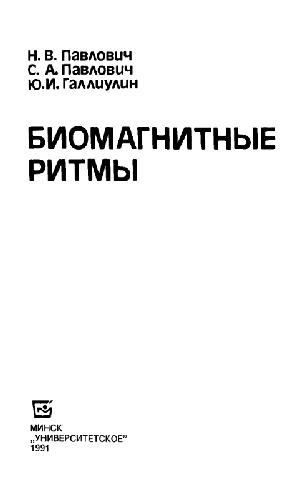
Reviews
There are no reviews yet.